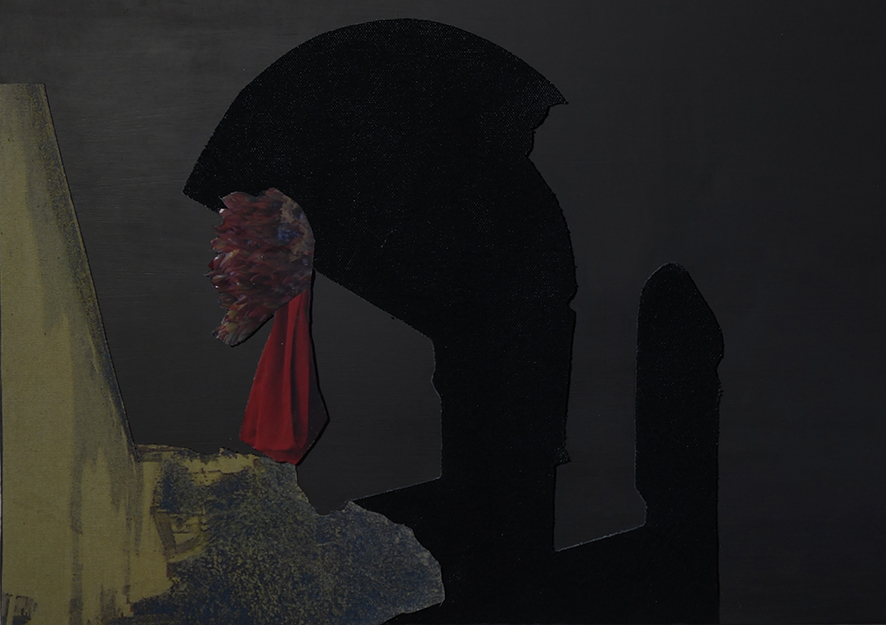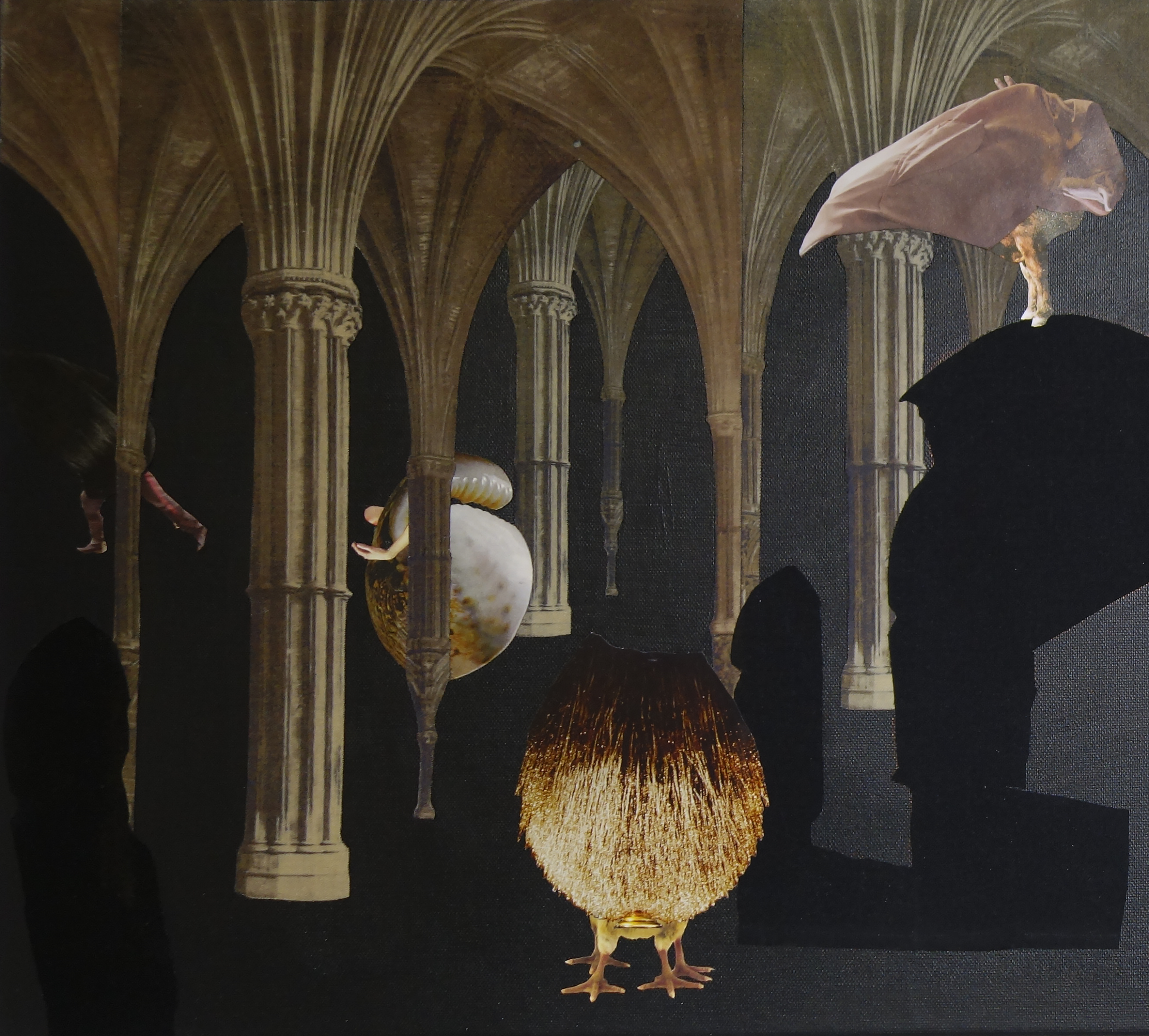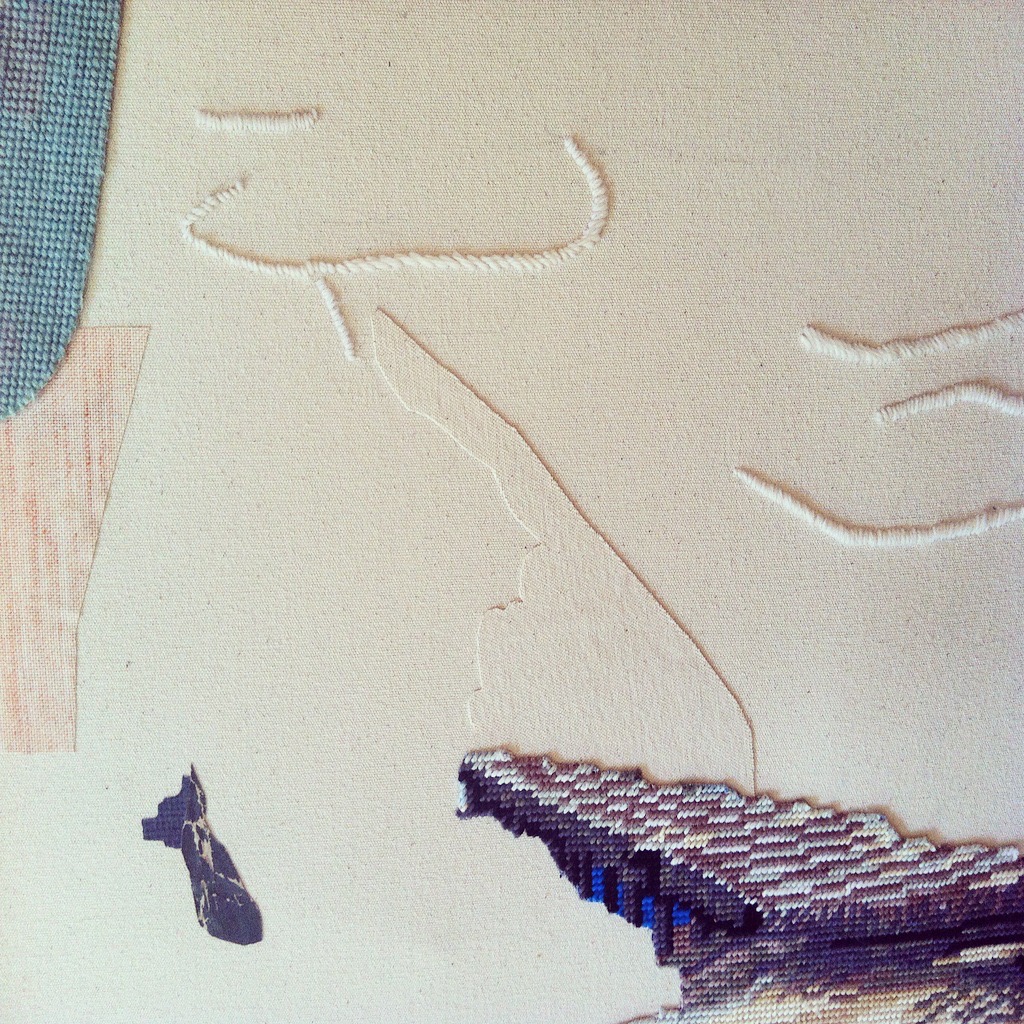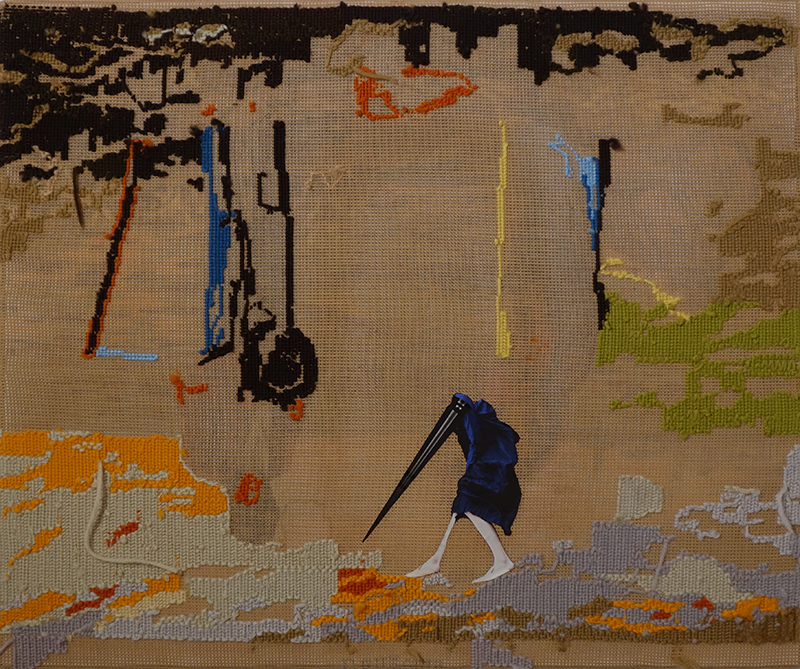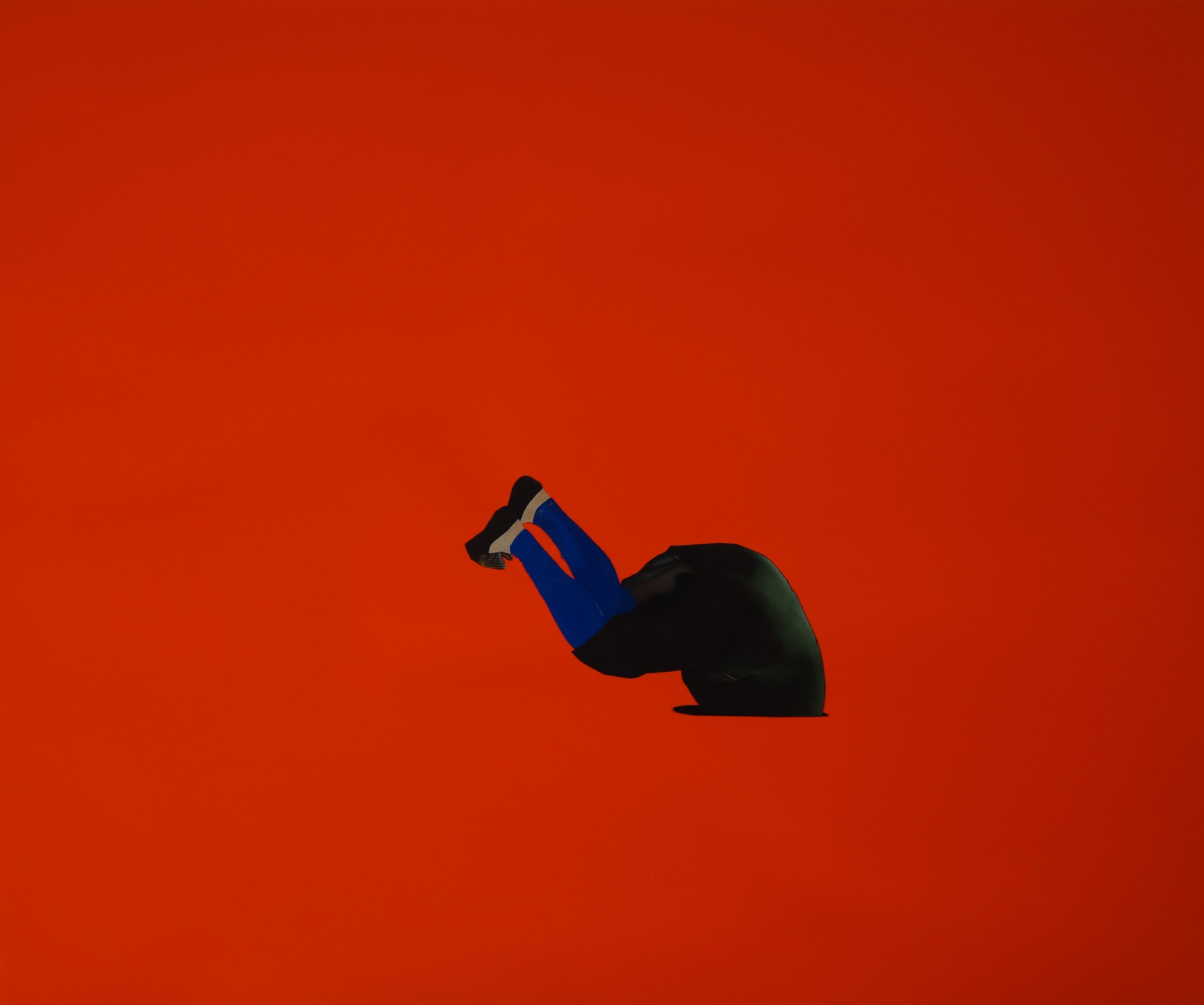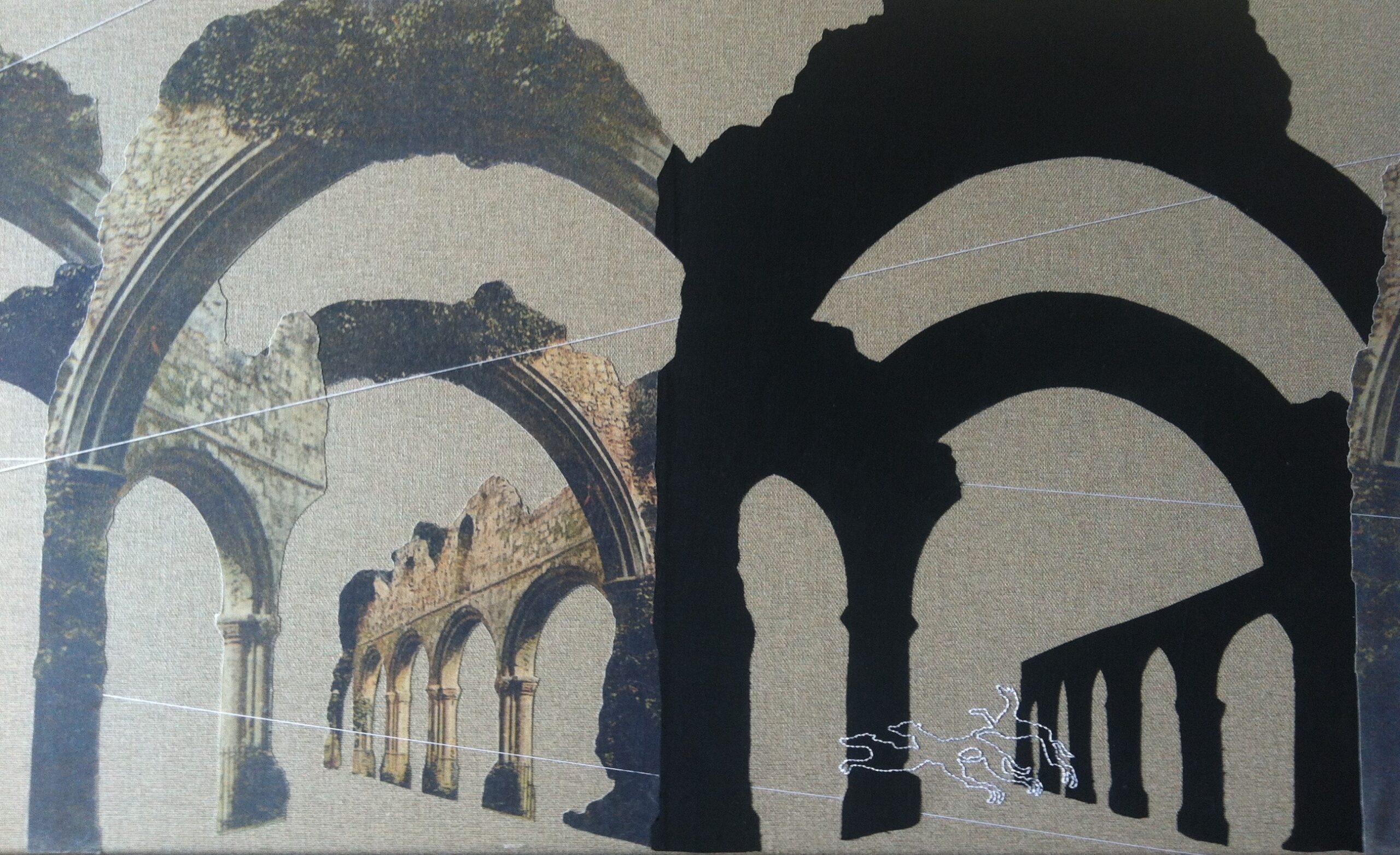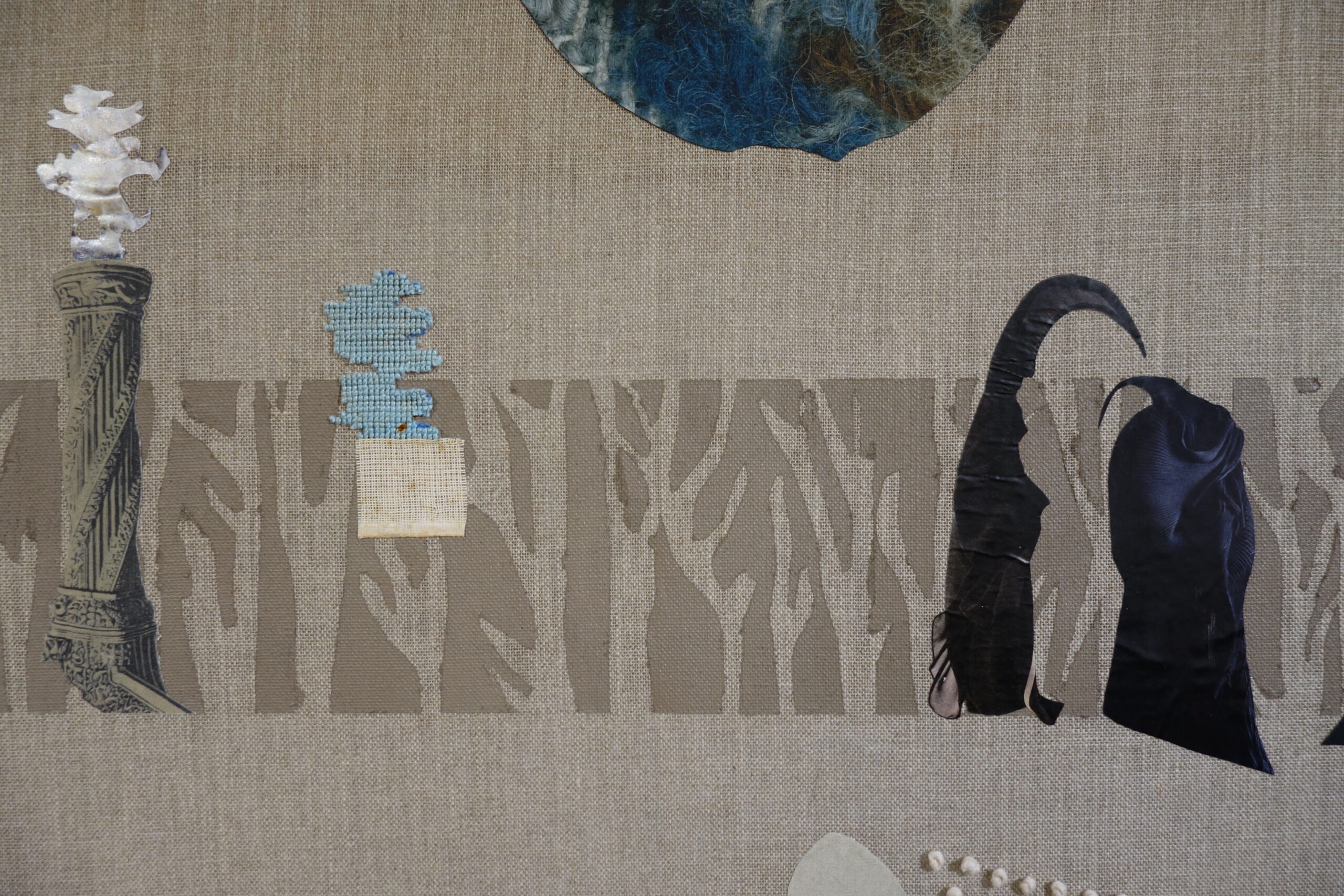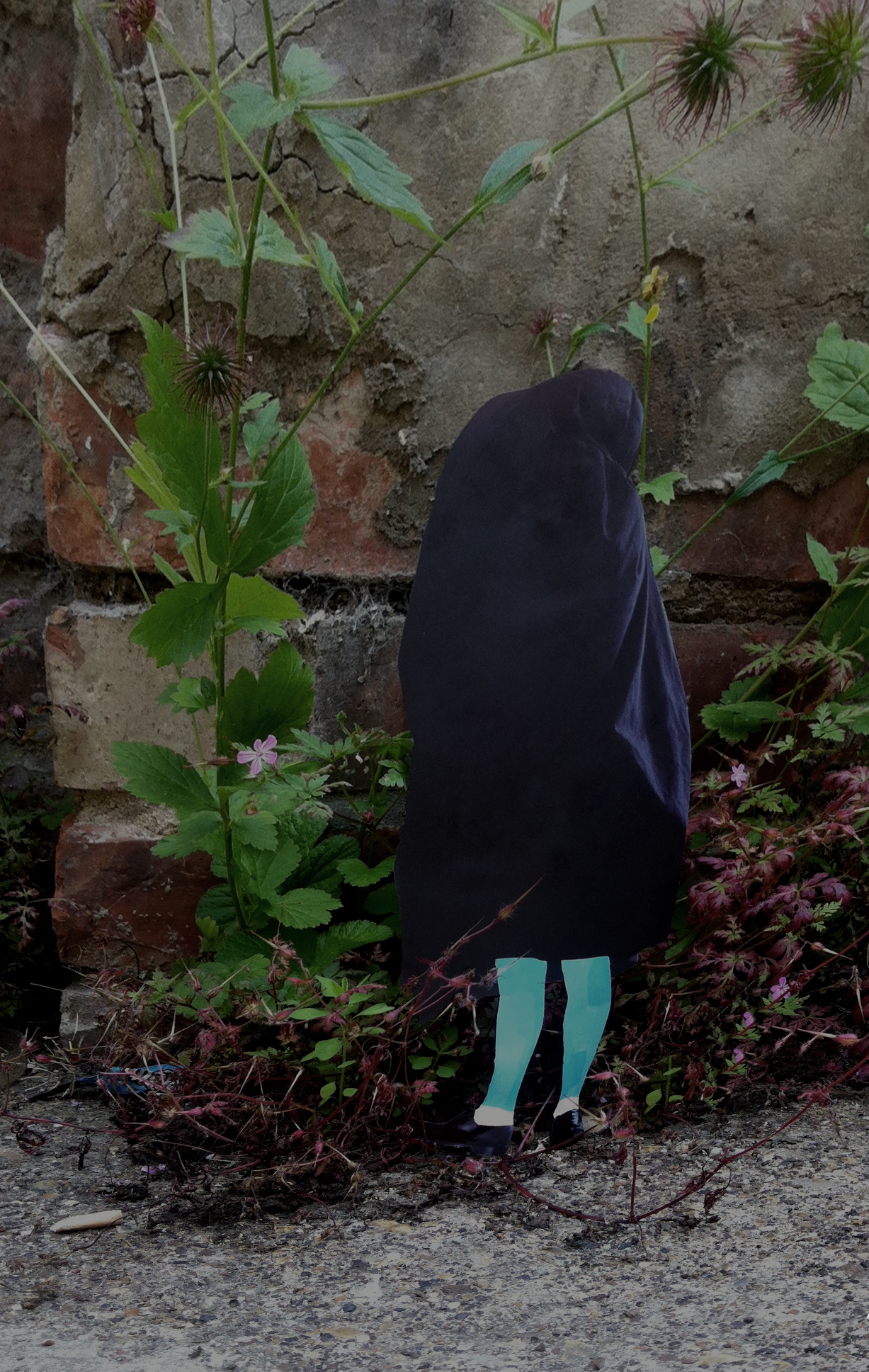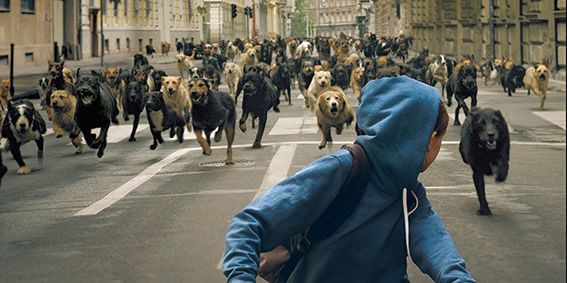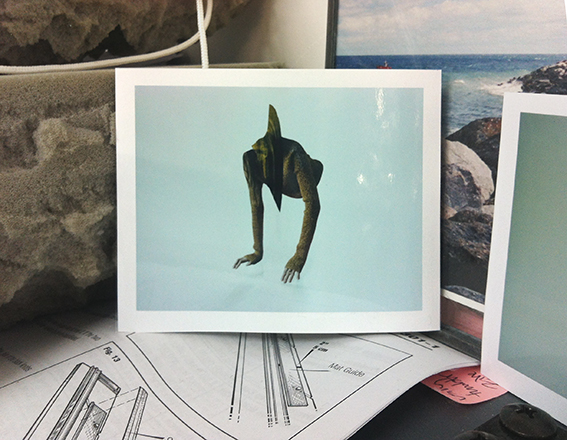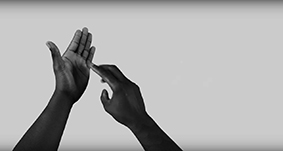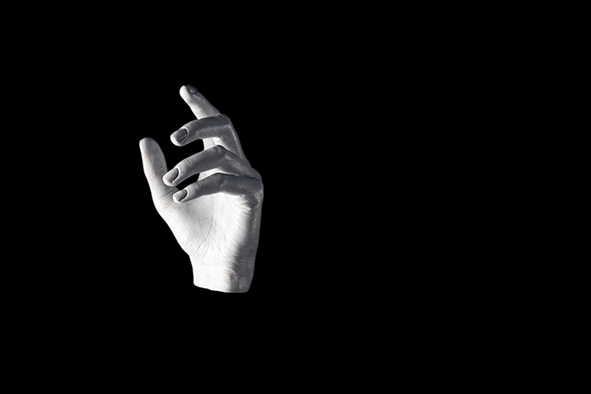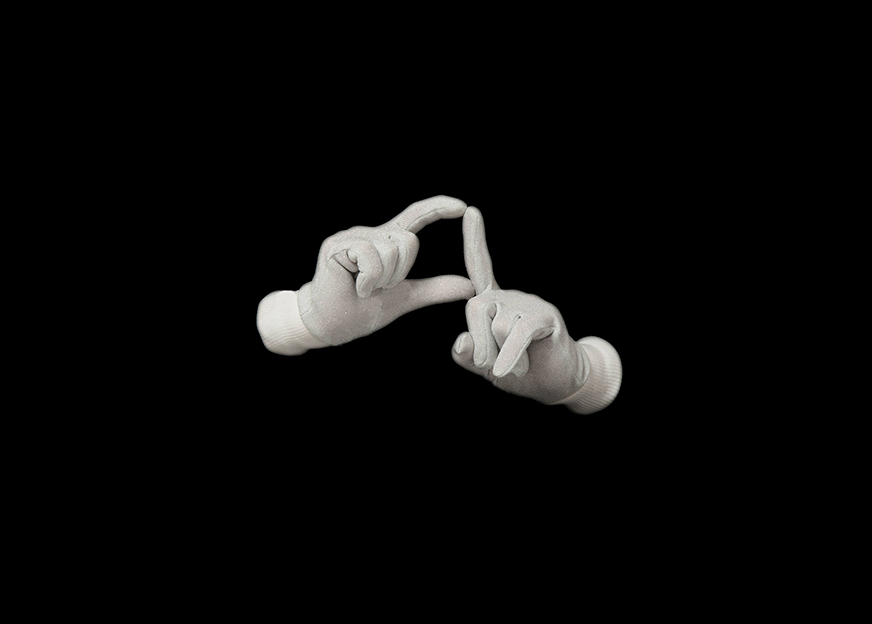The cloaked figure in Mantle is gazeless. In Uccello’s painting the deer and pursuers are turned away from the viewer towards the deepest darkness of the forest. The painting captures a moment of action as though it is recording a real event, a role superseded centuries later by photography. The greyhounds and deer stopped in mid leap, the horses stalled, the hunters frozen with spears in hand. They stand out so much against the greenness of the grass and the foliage of the trees that they look as though they could be cut out, as if against a green screen. I wondered about Uccello’s intention in relation to fact, fantasy and symbolism.
The most popular understanding of The Hunt in the Forest is that it is an allegory on the pursuit of love. Other historians believe the painting to be of an actual hunt conducted by the Italian nobleman Lorenzo de’Medici. If true, this makes it one of the world’s earliest genre paintings. Other scholars claim that it illustrates an unknown novella, and yet others see it as no more than an exercise in mathematical perspective. We can place The Hunt in the Forest against numerous ‘backgrounds’ – in this context the green screen opens up the possibilities for limitless encounters.
I made a rudimentary mock-up of this green screen idea as part of my working process. The absence of shadows in The Hunt in the Forest was incongruous once the figures were isolated, so I gave Mantle a strong shadow, as if lit from behind by the moon. Are we looking into the work, or is Mantle the artist behind the image, looking at us within the forest?
Mantle asks us to question the role and intentions of the figure that we are looking at in relation to this moment.
Mantle was first shown in the exhibition Quarry at the Brocket Gallery, London in 2016.
